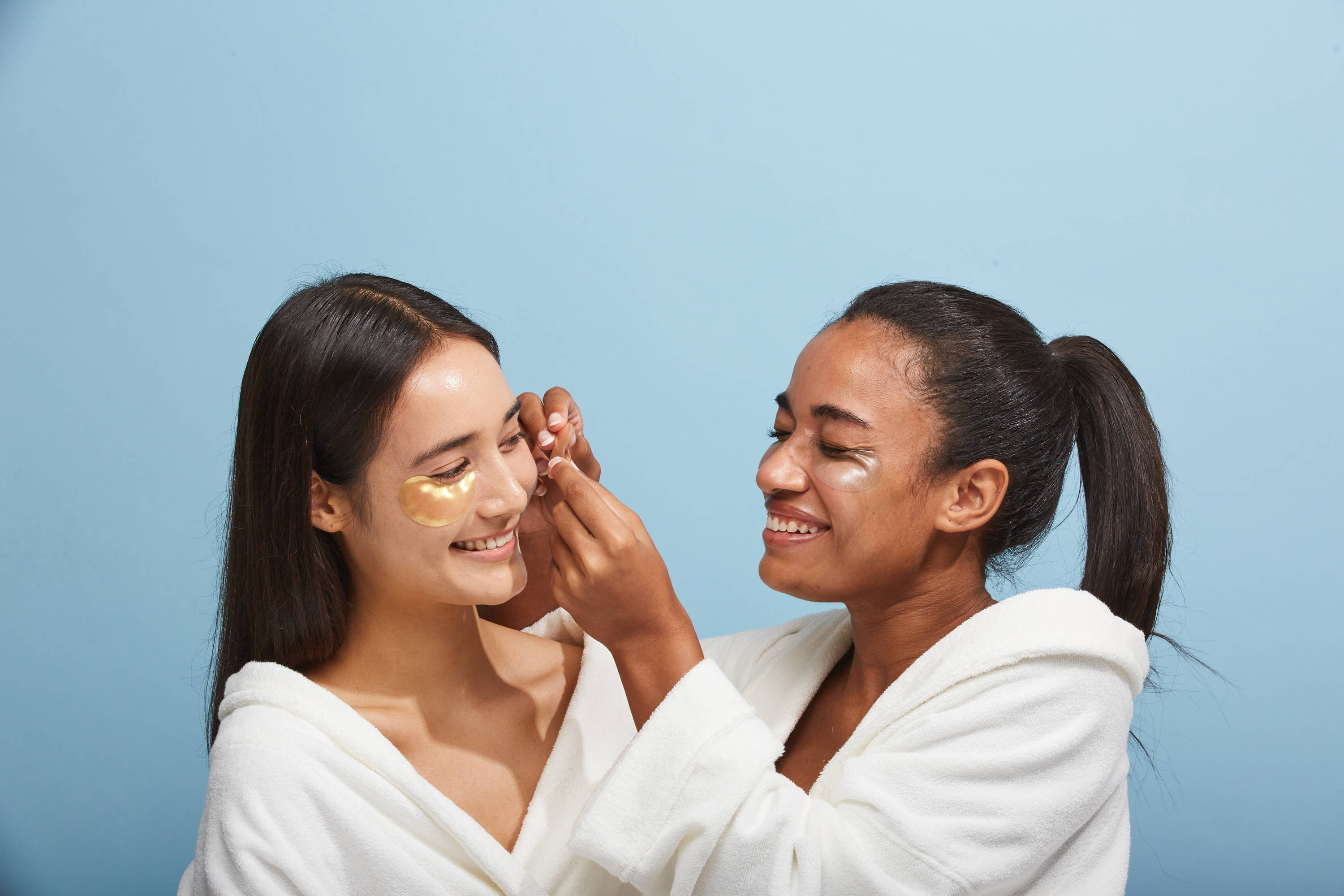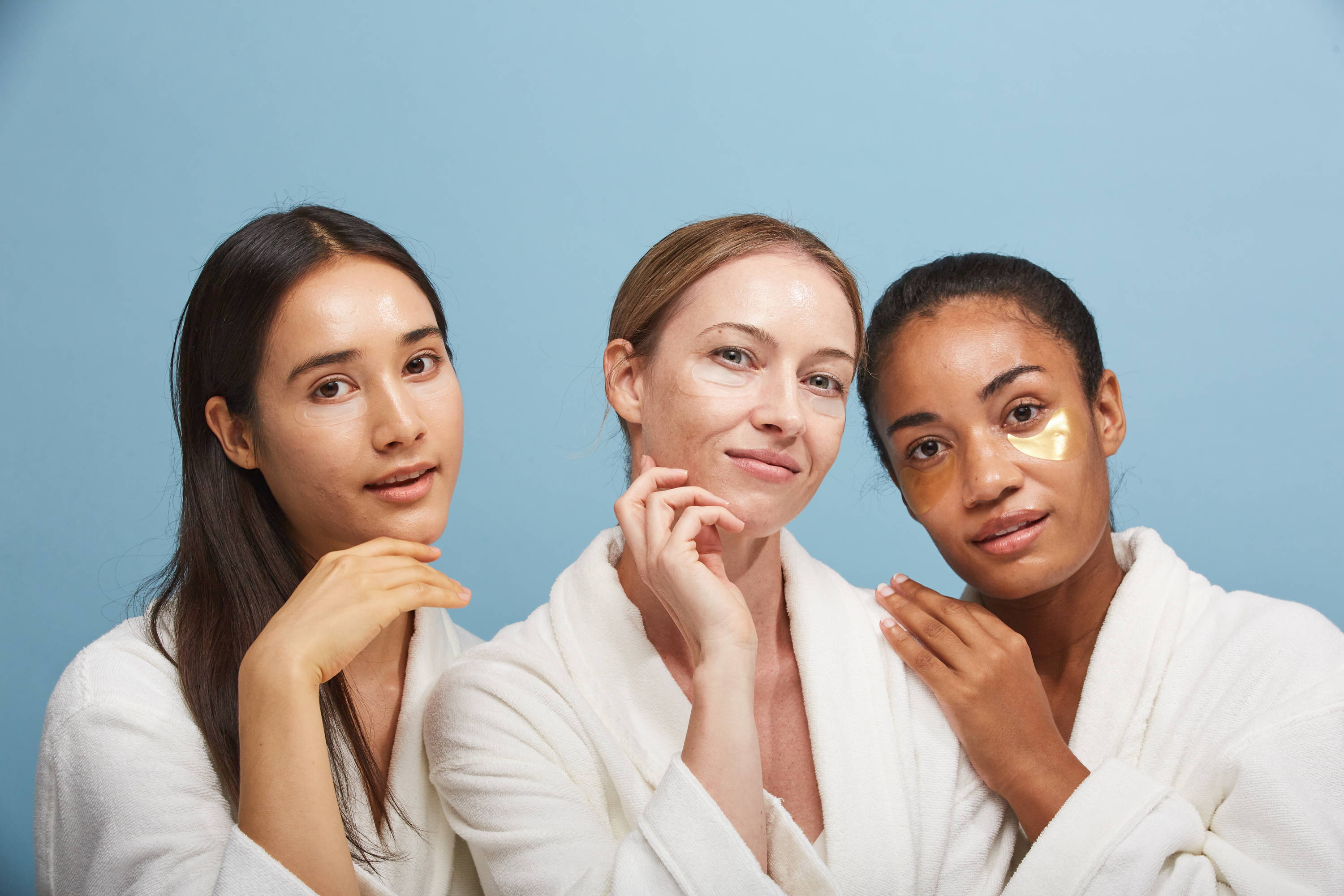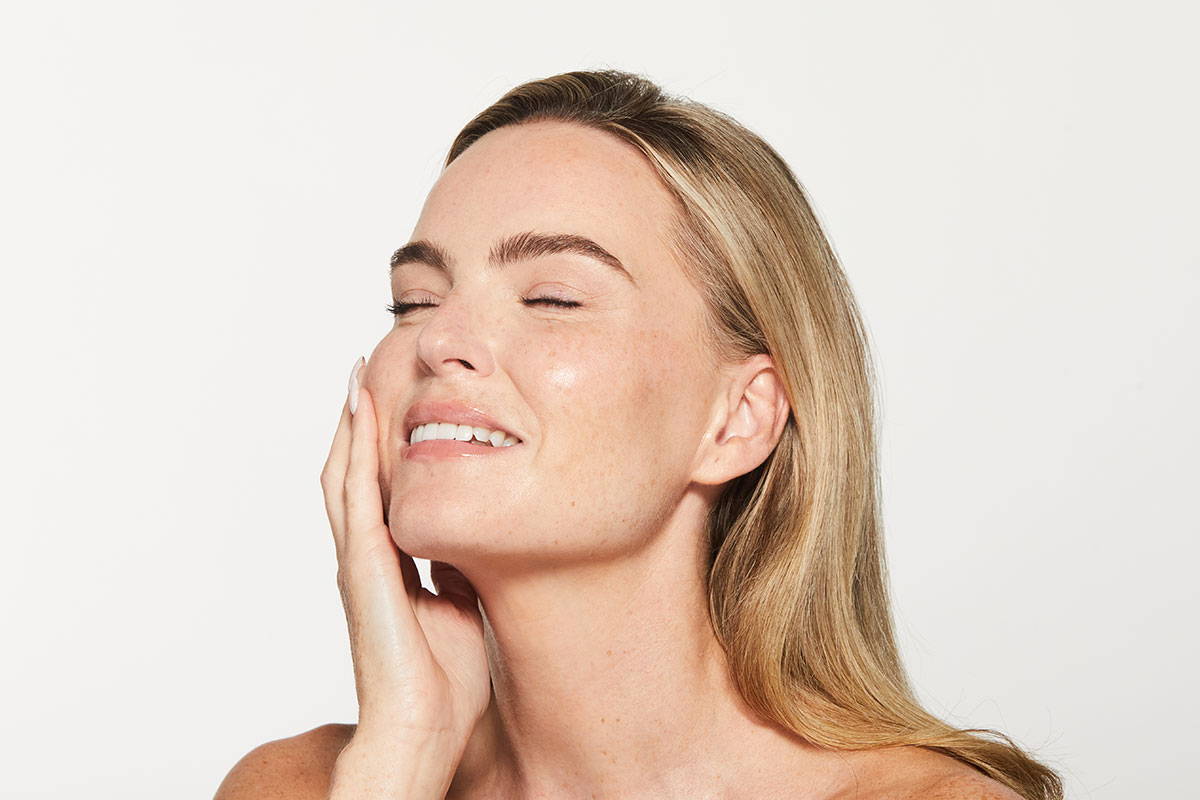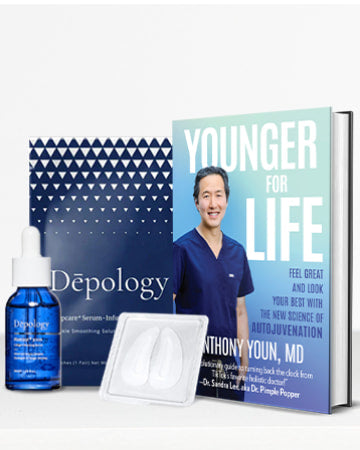
Read more

How To Increase Lipids In The Skin
We hope you found these tips on how to increase lipids in your skin helpful! Remember, lipids are an important part of the skin's barrier function and can help to keep your skin looking plump and w...
Read more
What Does Tranexamic Acid Do For Your Skin?
A newcomer to the realm of skin care, tranexamic acid shows great promise in the treatment of melasma, sunspots, age spots, and other types of discolouration. Doctors usually believe it is safe for...
Read more










